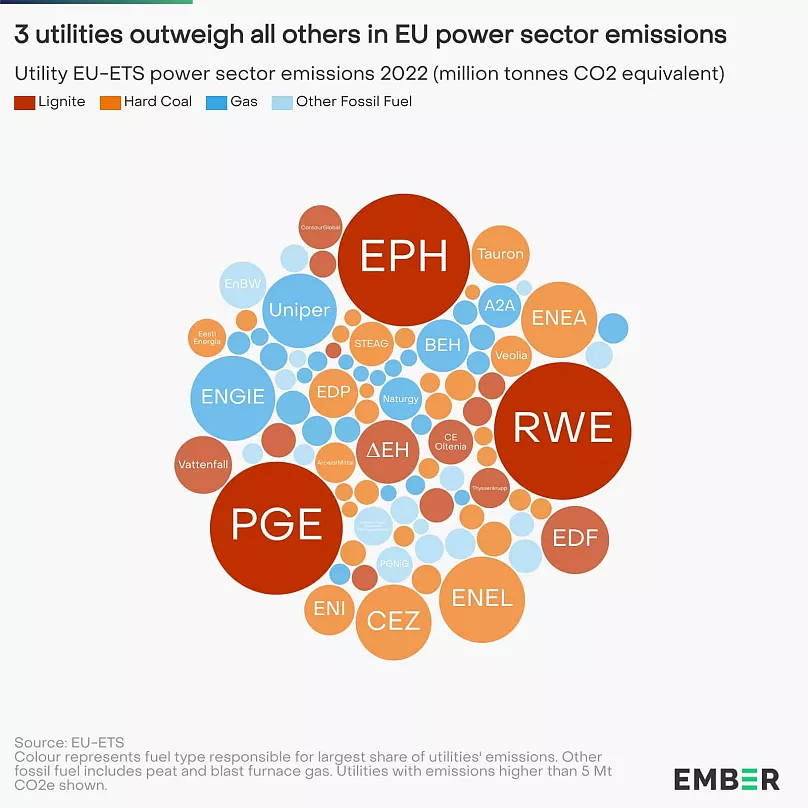Hydrogen-powered flights for global aviation industry soon

Carbon emissions across various sectors are growing, causing concern among countries and stakeholders, including the regulators and people globally are looking at environmentally friendly solutions.
Brands and Business Magazine
The emissions from the global aviation industry, which is around 3 per cent today, is expected to shoot up to 20-50 per cent by 2050 if unchecked. The industry is under immense pressure to adopt sustainable practices as both regulators and consumers are demanding more eco-friendly solutions.
In fact, the Central Washington airport at Moses Lake hosted the first test flight of a hydrogen-powered airliner which made a successful first flight on March 3 this year.
The maiden flight of a converted turboprop airliner offered a preview of one possible pathway for how to make our future flights more eco-friendly. Hydrogen fuel is one of several options for the aviation industry, which is testing to reduce its carbon footprint, but the technology is still viewed with scepticism.
Despite doubts being expressed in several quarters, major airlines are investing in start-ups with different technologies. Alaska Airlines has run periodic flight tests with a biofuel blend while also partnering with ZeroAvia, a competitor of Universal Hydrogen in the zero-emission aeroplane conversion business.
United Airlines also has placed orders for large quantities of biofuel while also committing to buy several models of in-development battery-electric commuter aircraft.
Transition taking place globally
The transition to sustainable aviation is taking place on a global scale and new opportunities for radical transformation of the industry are being explored to meet net zero targets, according to a whitepaper entitled “Preparing Airports for Hydrogen Flight,” which was released by Netherlands Airport Construction (NACO).
According to NACO, which is owned by Royal Haskoning DHV, there is not one answer to the problem. A holistic approach spanning the building, ground infrastructure and flights is needed to transition to sustainable aviation. The aviation industry must act quickly and proactively to stay ahead of the curve, exceed customers’ expectations and meet the ambitious targets set by governments.
One of the key solutions is hydrogen, which has immense potential and is expected to be an alternative to kerosene. In this article we dive deeper into what hydrogen means for aviation and how it will impact airports.
What is hydrogen aviation?
Hydrogen-powered aviation is a promising, zero-carbon solution for aviation. Using hydrogen as a fuel for aircraft can help significantly with minimising the carbon footprint of the aviation industry. Airlines, airports, and other stakeholders have recognised the need for their businesses to be future-proof, including a sustainable and scalable response to the onset of hydrogen-powered aviation.
Hydrogen has the potential to revolutionise the aviation sector, from powering aircraft to ground service equipment (GSE). The unique properties of hydrogen, such as its energy density, result in a unique market position, expected to be complementary to electric flight and Sustainable Aviation Fuels, bridging the gap in range and payload capacity.
Industry’s game-changer
Apart from providing a more sustainable alternative to kerosene, hydrogen has extreme potential due to its high energy density. Hydrogen’s energy density means that aircraft using the fuel will benefit from much larger ranges and payload capacities than electric aircraft. Eventually, it is expected that hydrogen will be a conventional aviation fuel.
“Hydrogen is a game-changer for aviation due to its significantly higher, almost three times greater energy density compared to traditional fuels. Currently, there are numerous programs in place to harness the power of hydrogen for performance and emissions benefits,” the White Paper noted.
The hydrogen aviation sector is currently undergoing several advancements. Start-ups are working to retrofit existing airframes with hydrogen propulsion systems, with some expecting to enter service in the mid-2020s. Traditional aircraft manufacturers such as Airbus are also developing a hydrogen-powered aircraft, with plans to enter service in the mid-2030s.
The near-term introduction of hydrogen in aviation is likely to be limited to specific routes where fuel availability is not a constraint. However, the complexity of supply chain, airport infrastructure and route network changes present challenges to immediate, widespread adoption of hydrogen in aviation.
For airports
The transition to hydrogen fuel in aviation requires not only the development of new aircraft, but also adjustments to airport infrastructure and operations. The unique properties of hydrogen may pose challenges for airports that have become accustomed to kerosene. Hydrogen, particularly in liquid form, will require airports to adapt infrastructure and operations.
The impact of hydrogen on an airport depends on the volume of hydrogen required, which varies based on factors such as airport size and aircraft types. Additionally, the hydrogen supply chain chosen plays a critical role in shaping the airport’s spatial planning and operations, the White paper added.






